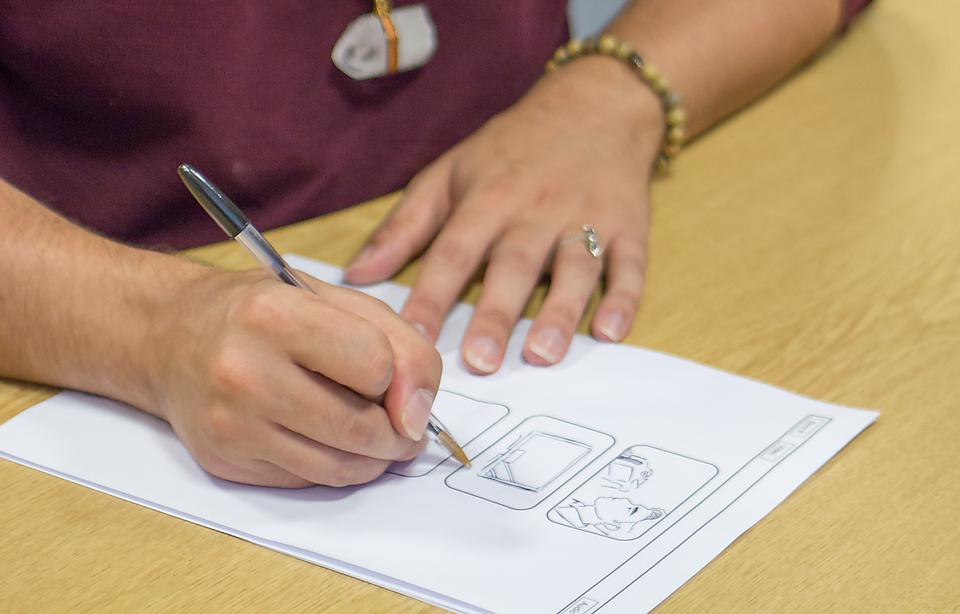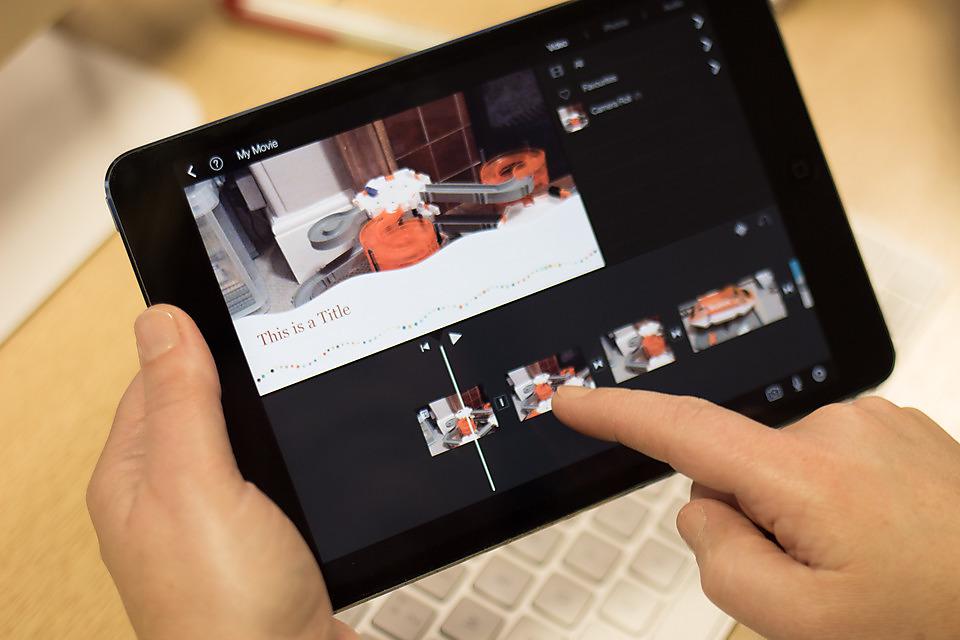Video in its many forms is a powerful and engaging tool within teaching and learning.
Rapid advances in mobile device technology and digital learning technologies allow educators and students alike to capture and share content more quickly than ever.
Video forms a key component of the tools available to teachers as part of the University of Plymouth’s DLE (Digital Learning Environment).
Panopto
Panopto is a powerful resource not only for lecture capture, allowing students to re-cap their learning in an accessible format but also as a platform for teachers to upload standalone video teaching resources. Examples of its uses range from; demonstrating an experiment, a piece of equipment, or bandaging technique to peer evaluating student performances. Panopto is a flexible tool that can be used in a myriad of ways to enhance your teaching. Students can turn on captioning, access a transcript of the recording, slow down or speed up playback and re-watch any areas they aren’t sure about.
LinkedIn Learning
All staff and students at the University of Plymouth have free use of LinkedIn Learning. Users can access a huge library of video courses where subjects range from programming languages, video editing software, tips on public speaking to boosting your employability skills.
Flipped Classroom
Increasingly teachers use Video in a ‘flipped’ classroom – where students are asked to watch and engage with teaching content ahead of a teaching session.
This technique allows staff and students more valuable time in the classroom to concentrate on deeper learning activities, whilst enabling students to further their learning by using videos for self-directed study.
Video in action

Dr Roy Lowry created a series of podcasts for his students and used flipped classroom pedagogy, to supplement and enhance the practical laboratories. By creating simple podcasts, students were briefed of the expectations and set up requirements of a practical laboratory, allowing more time for in-depth learning and exploration in the physical laboratory. As a result, the students were more confident and prepared, and aware of the experiments and equipment, and they used the videos as a study and revision aid after the practical sessions.

Professor Geoff Skates uses video as an inclusive method of assessment within multidisciplinary engineering design modules. Small teams of students are tasked with creating a marketing video to demonstrate and showcase their research and final design concepts, and to sell their projects to potential investors.
Using videos that incorporate 3D CAD and Virtual Reality walkthroughs, gives students a set of transferrable skills appropriate for the workplace, and produces innovative and content rich assessments. By creating these videos, the students demonstrate their work in a more engaging and dynamic way and in turn develop their own digital literacies.
